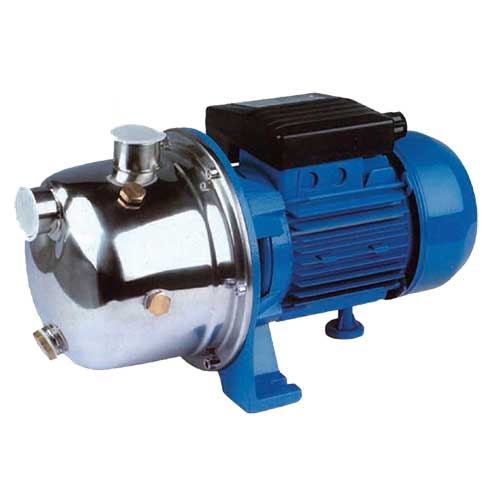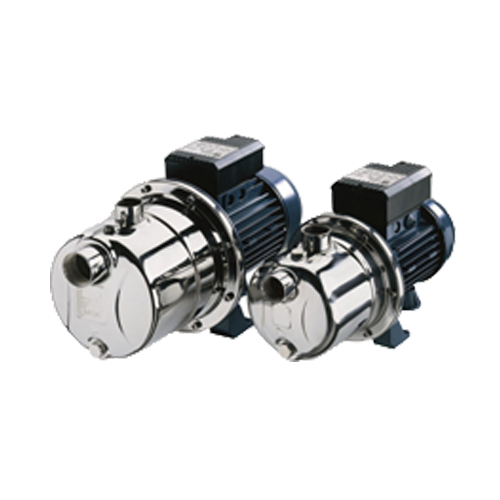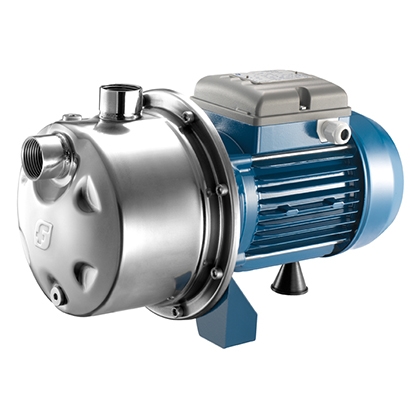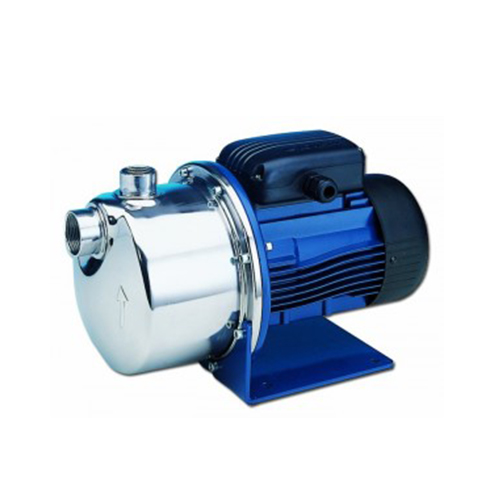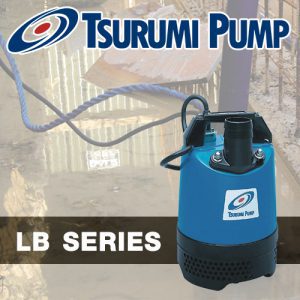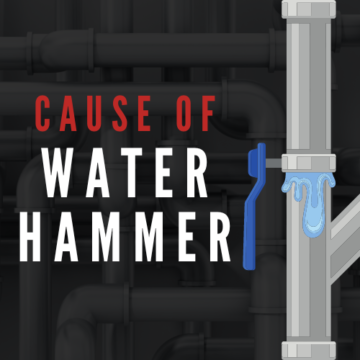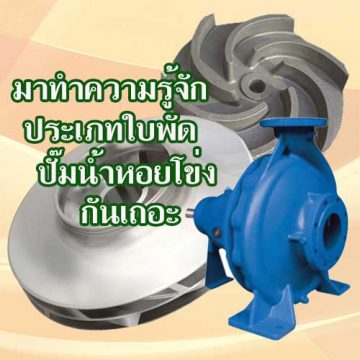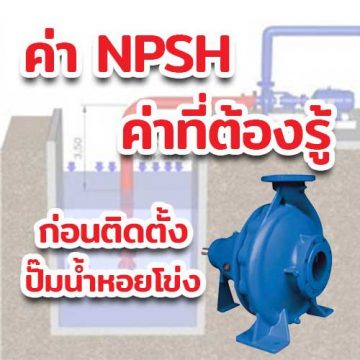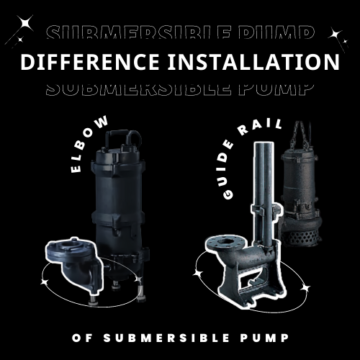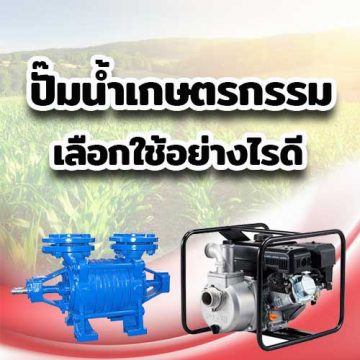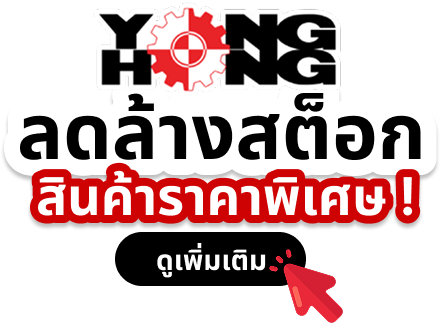Self Priming Pumps are a type of centrifugal pump designed to purge air from a suction line and create a vacuum that allows the pump to draw in liquid. These pumps are commonly used in applications where the pump is above the source of the liquid. Commonly used in applications where the pump must be able to handle liquids containing air or gases, such as in water supply systems. in wastewater treatment and irrigation
Self Priming Pumps are especially useful in applications where the pump is situated above the liquid level or where the suction line has a long vertical lift. Conventional pumps may have difficulty purging air from the suction line. This can cause the pump to stall and stop pumping. Self-priming pumps can also handle high gaseous liquids. It’s important to note that the priming process may take a few seconds or minutes, depending on the specific design and size of the self-priming pump, as well as the length and complexity of the suction line. Additionally, self-priming pumps may have limitations on the maximum suction lift they can handle, so it’s essential to consult the manufacturer’s guidelines for proper operation and performance.
Working of Self Priming Pump
- Priming Chamber : Self-priming pumps have a priming chamber that is located either within the pump casing or as a separate compartment. This chamber is designed to trap and hold a certain amount of fluid.
- Priming Process : When the pump is started, the impeller within the pump casing begins to rotate, creating a centrifugal force. This force pushes the fluid in the priming chamber towards the impeller.
- Air and Fluid Separation : As the fluid is pushed towards the impeller, it displaces any air present in the suction line. The air rises to the top of the priming chamber, while the fluid flows into the impeller.
- Fluid Recirculation : The impeller then accelerates the fluid and pushes it into the discharge outlet of the pump, creating a pressure difference. This pressure difference causes the fluid to circulate within the pump and back into the priming chamber.
- Air Discharge : As the fluid recirculates, the air trapped in the priming chamber is continuously discharged through a separate air release or vent valve. This allows the fluid to replace the air and maintain the vacuum needed for self-priming.
- Pump Operation : Once the air is completely evacuated and the pump is filled with fluid, it operates like a standard centrifugal pump, continuously drawing in fluid from the suction line and discharging it through the outlet.
It’s important to note that self-priming pumps have certain limitations. They require initial priming before the first use or after the system has been drained, as they cannot generate the initial vacuum by themselves. Additionally, they may have limitations on the maximum suction lift or the type of fluids they can handle efficiently.
Overall, self-priming pumps are a convenient solution for applications where priming can be a challenge, offering easier
Yonghong (Thailand) Co., Ltd. imports and distributes Self Priming Pumps, water pumps, submersible pumps, equipment in wastewater treatment systems. aerator Ready for assembly and installation after sales service And there are spare parts available. If interested, you can ask for more information via the channels below.
View other industrial products at >> YouTube : Yonghong

